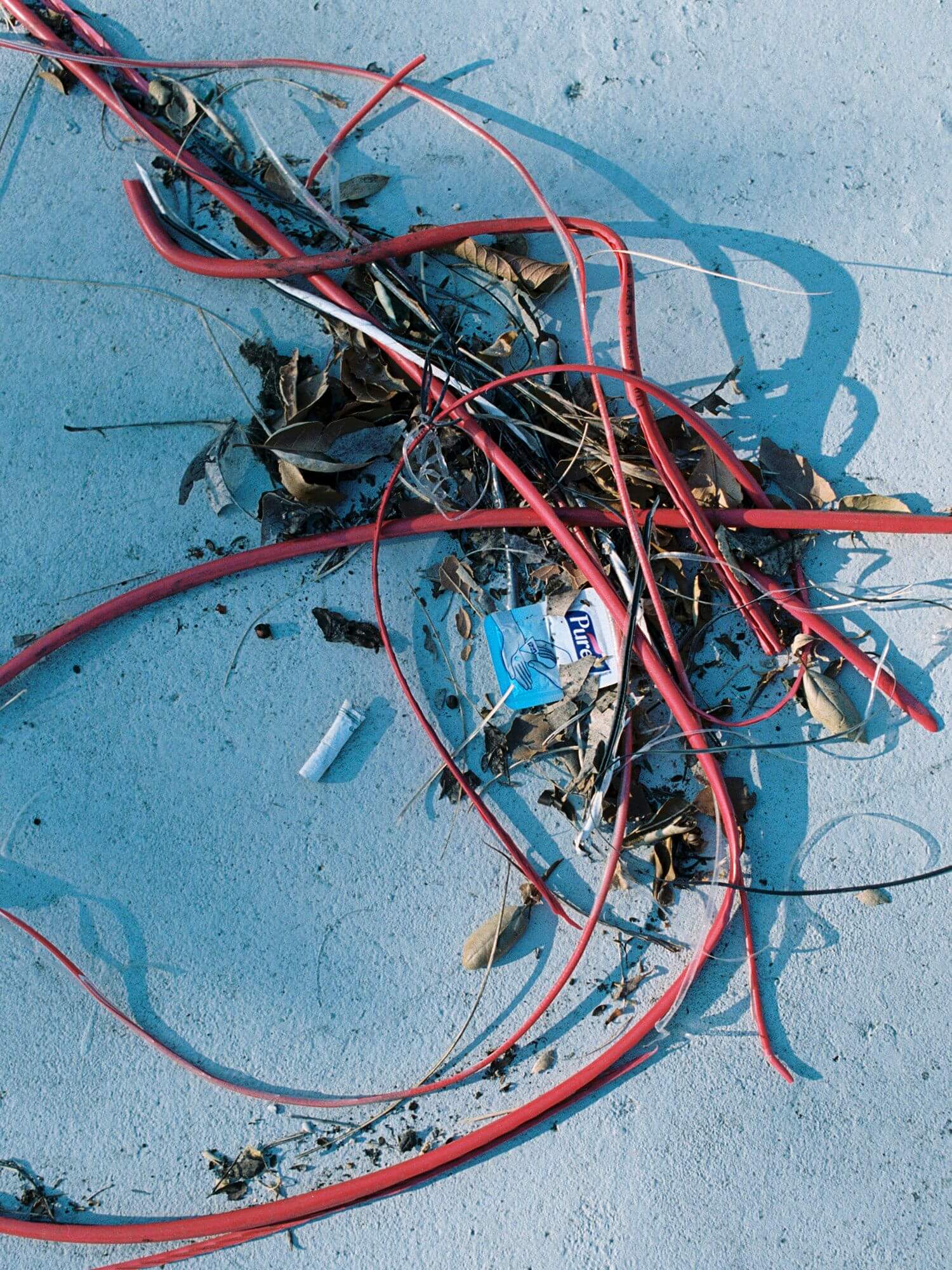
PHOTOGRAPHER RASMUS JENSEN @_jensen_rasmus_
TEXT JESPER GUDBERGSEN @yessirjesper
CREATIVE DIRECTION JOHANNA NOMIEY @johannanomiey STINE RASMUSSEN @stine_rr
On a recent late-Summer day, my husband and I found ourselves wondering what to buy for his mother’s birthday. The trouble consisted of finding just the right thing for someone who is beyond worthy of some pampering, but is simply too modest to ever ask for anything indulgent. As we have before, we decided to put together a gift basket of little beauty products, a variety of things that she would probably find too frivolous to buy for herself, but would thoroughly enjoy sampling her way through. It was a successful choice – she loved it – but as I was watching her at the birthday table in the backyard, looking through the items one by one, I couldn’t help but feel a little guilty. Wasn’t what we had chosen actually just a bucket full of plastic trash, with a few ounces of smell-good temporary luxury?
According to a recent article in Bloomberg, every year a whopping 120 billion units of cosmetics packaging are produced, mostly for one-time use. When we’re done with them, the more conscious consumer will often try to recycle them, but most containers are actually too small to be effectively recycled, and end up going straight to a landfill. Tragically, a massive expense occurs along the way, as recycling facilities waste a lot of time sorting through this all, in order to find the actual recyclable plastic. We of course cannot discuss the issue of single use plastic waste without mentioning the millions of pounds that end up nowhere near any kind of bin – recycling or not – wreaking havoc on our environment.
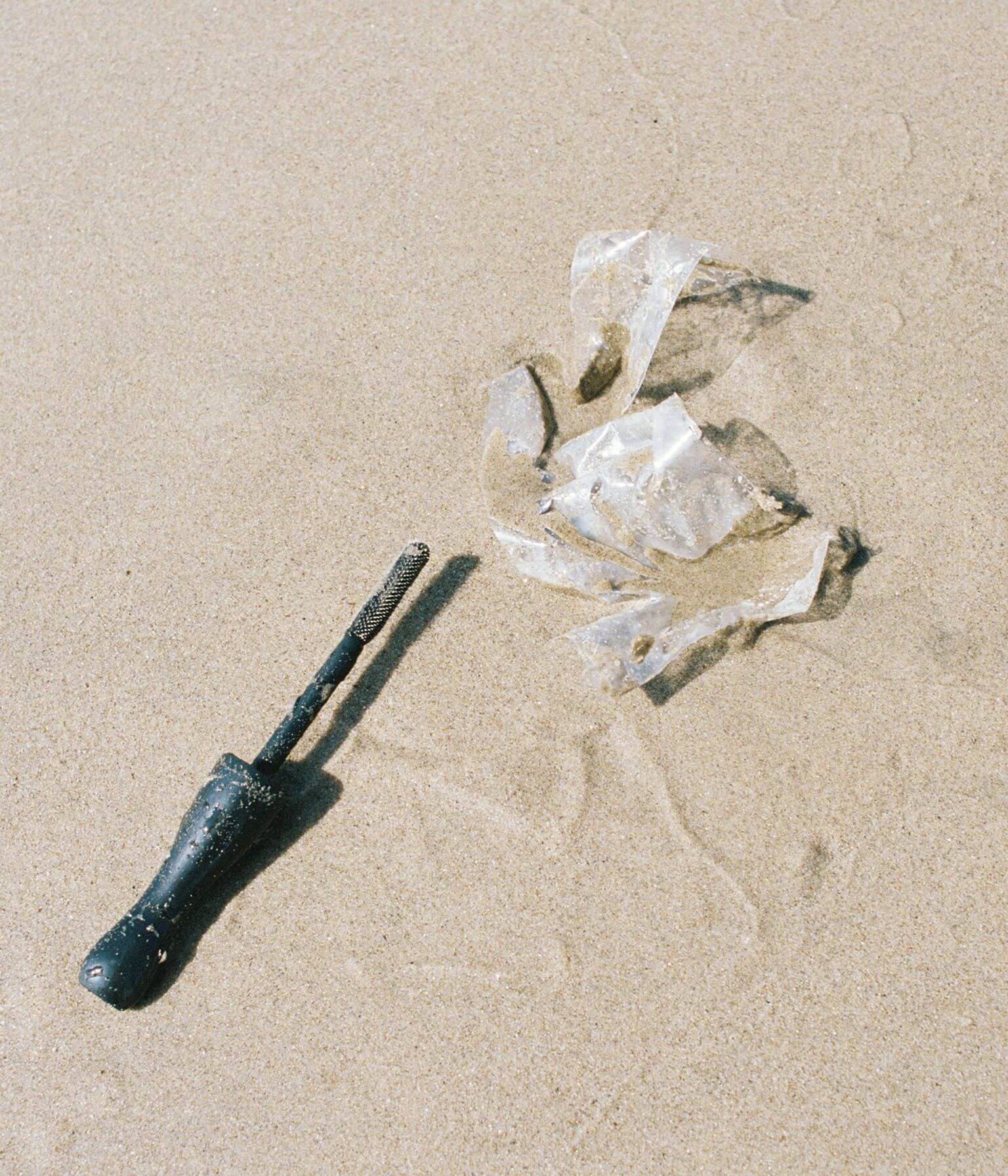
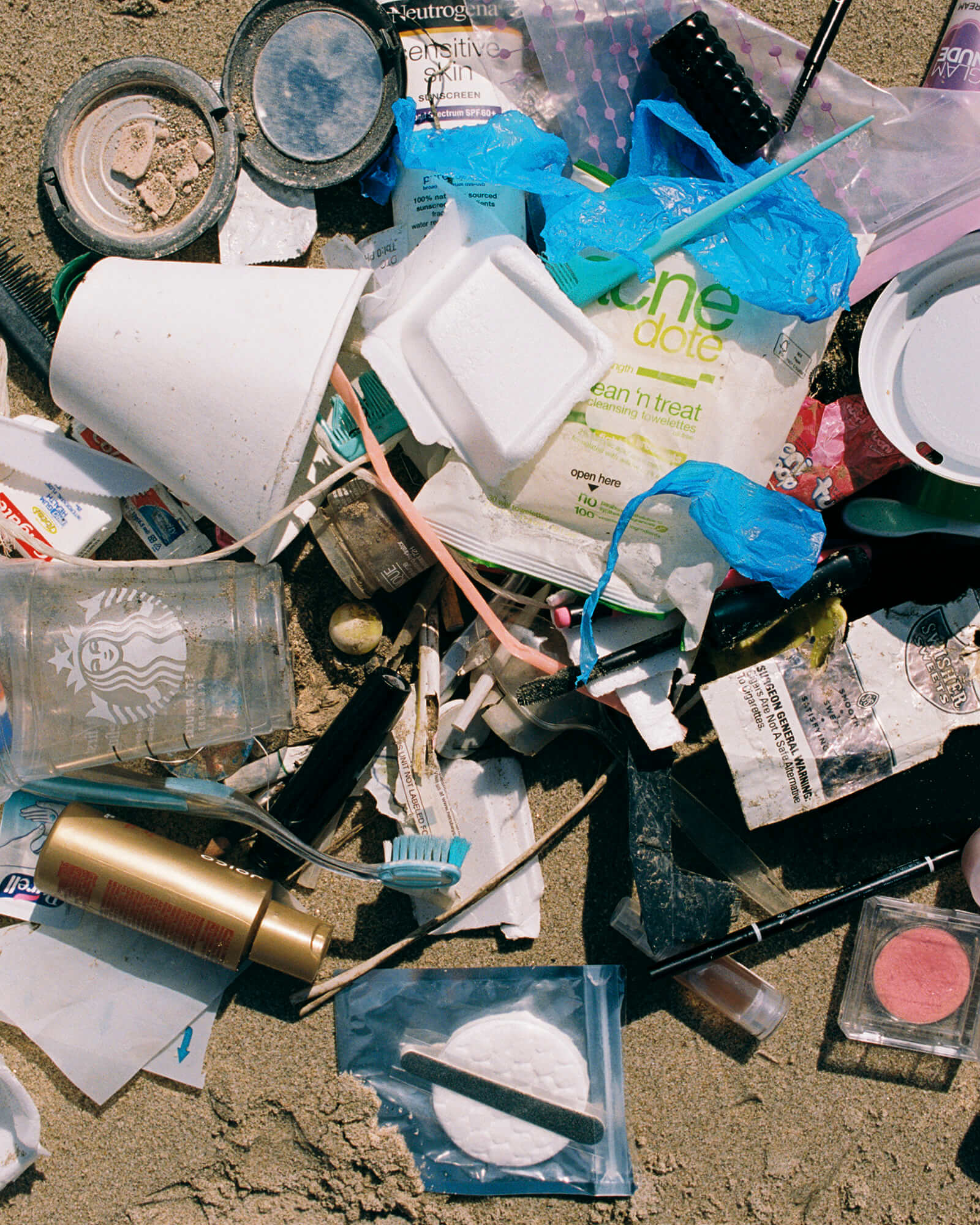
So many of us have become aware of the devastating impact our everyday choices can make, but more often we think of things like plastic utensils, straws and plastic bags when singling out the worst offenders. The items that make life on the go much easier have in recent years been replaced with more sustainable options. Major companies are making efforts to improve the footprint they leave on our planet – one example being Starbucks’ goal to eliminate plastic straws from nearly all of their drinks by the end of 2020 which will eliminate their use of about one billion straws per year. However, we often forget to think about the choices we make when it comes to our beauty and skincare routine. When Garnier partnered with Terracycle in 2018 to research consumer recycling habits in the UK, they found that while about 90% of household and kitchen packaging is recycled, less than 50% of bathroom packaging is. Why is that? How is it that we somehow fail to recognize our responsibility as consumers, simply when it comes to products we apply directly onto our skin or that live in a different room?
The best way to cultivate this understanding is by simply getting a complete understanding of what single use plastics are, specifically when it comes to beauty products. Once we begin the process of breaking down how omnipresent they are in our bathroom as much as any other part of our life, the picture becomes truly scary. — Disposable razors, Q-tips, toothbrushes, tampons, makeup applicators and brushes, makeup palettes, hair brushes and combs, face wipes, sheet masks, toothpaste, shampoo, conditioner, mouthwash, soap, deodorant and deodorizers, douches, body and hand lotions, sunscreen, lipstick, dry shampoo, hair styling products, hair relaxers, hand sanitizer…. the packaging all of the above comes in – and the list goes on and on. Almost all of these items have perfectly viable non-plastic options that come in minimal-to-no plastic packaging. It’s imperative that we do our research thoroughly and look for the long-term solutions. When the only options are indeed plastic, a plethora of companies are now using 100% recycled plastic as a solid alternative
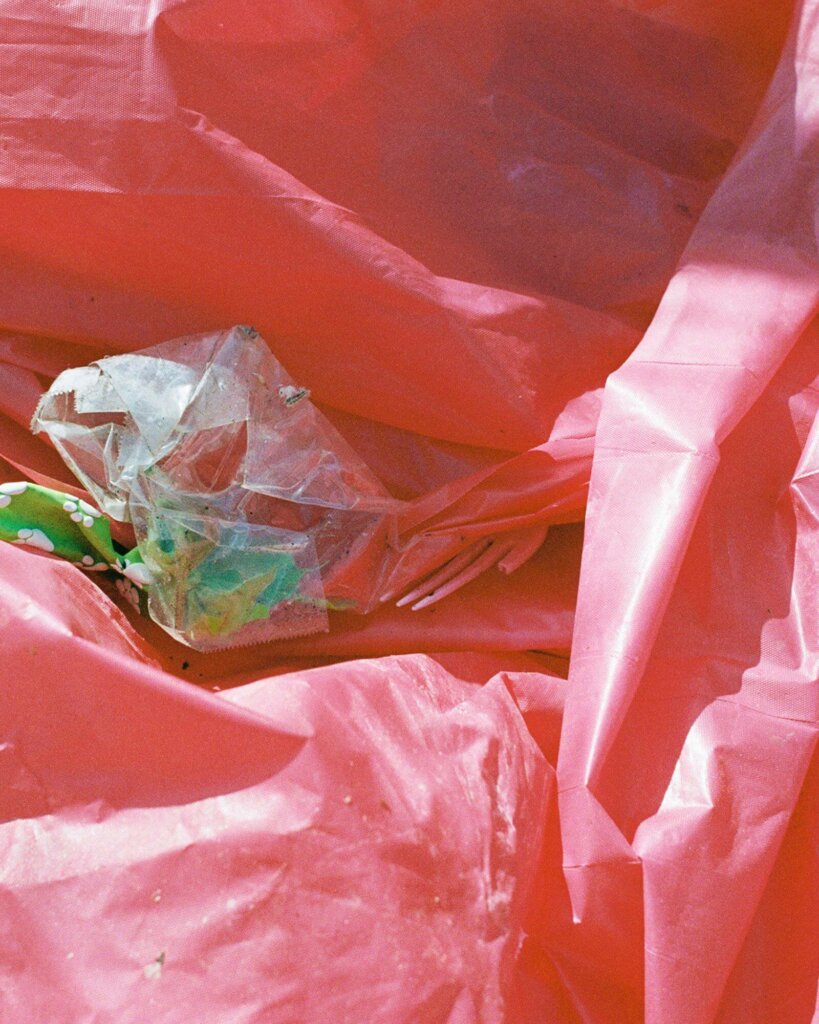
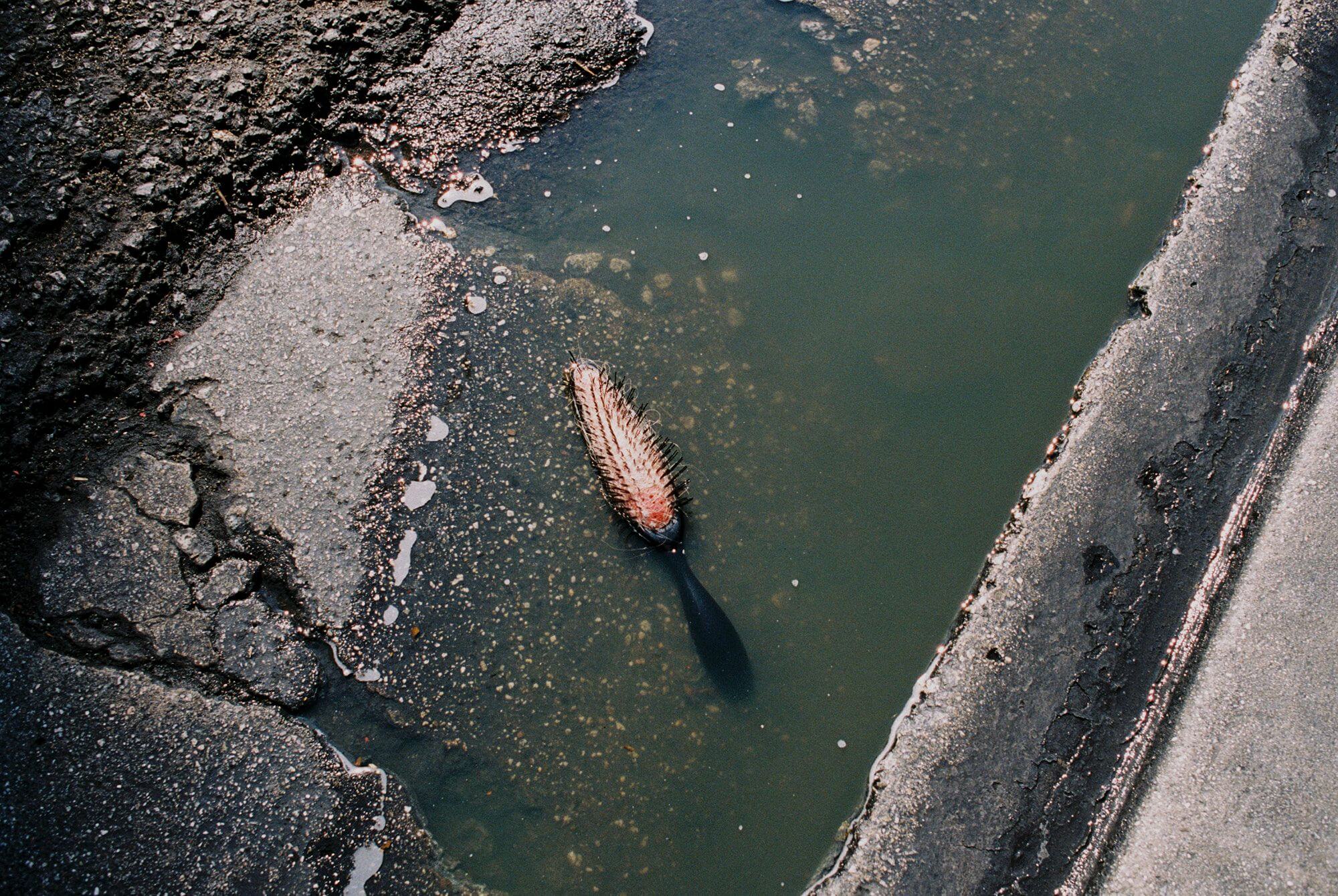
Take one example from this list – the disposable razor. To be completely honest, this is one of the items on the list I have never really been able to wrap my head around. I’ve been guilty of buying many of the items on this list about – we all have – but this one I just can’t see the point in. But according to a report by Statista, in 2018, 163 million consumers in the US used disposable razors. Beyond the fact that choosing a tool produced to quickly break or be thrown away if used more than a few times is a very poor financial investment, every single component of these razors – and their life outside after sitting in your shower for a week or less – is incredibly hard to recycle or even properly dispose of. This is due to the use of multiple different kinds of plastic, soft rubber, as well as of course the cheap razor blades.
And that is just one of the items on my list of No’s
After effectively identifying which products in your bathroom are problematic, the next step is obvious and dare I say, inevitable : We need to cut down the amount of products each of us use – a hard sell around the holiday season for sure, when so many of us find ourselves eyeing new fragrances and beauty products. With the amount of advertising dollars the beauty industry throws at us in December, it’s dangerously easy to get carried away by the spirit of the giving season (Not to mention that in this of all years, including a little something for ourselves along the way almost feels like an act of self-preservation rather than just a little splurge). But the end of another year is in fact an ideal time to simply step back and assess what works for you and what doesn’t, and to extend that introspection not just to your immediate environment, but the actual environment.
By no means should this serve as an excuse to throw all your old plastic product containers away; the responsible way to go about this is to stop buying anything new and finishing what you already have. After researching how best to properly dispose of the empties, really thinking about the next step is key: Beyond our basic needs for cleaning, grooming and perfecting our beauty routine, how much do we really need? I can say with absolute certainty that my mother-in-law will never receive another piece of plastic trash from us again, but this promise is just a drop in the bucket unless you join us in this fight against plastic.
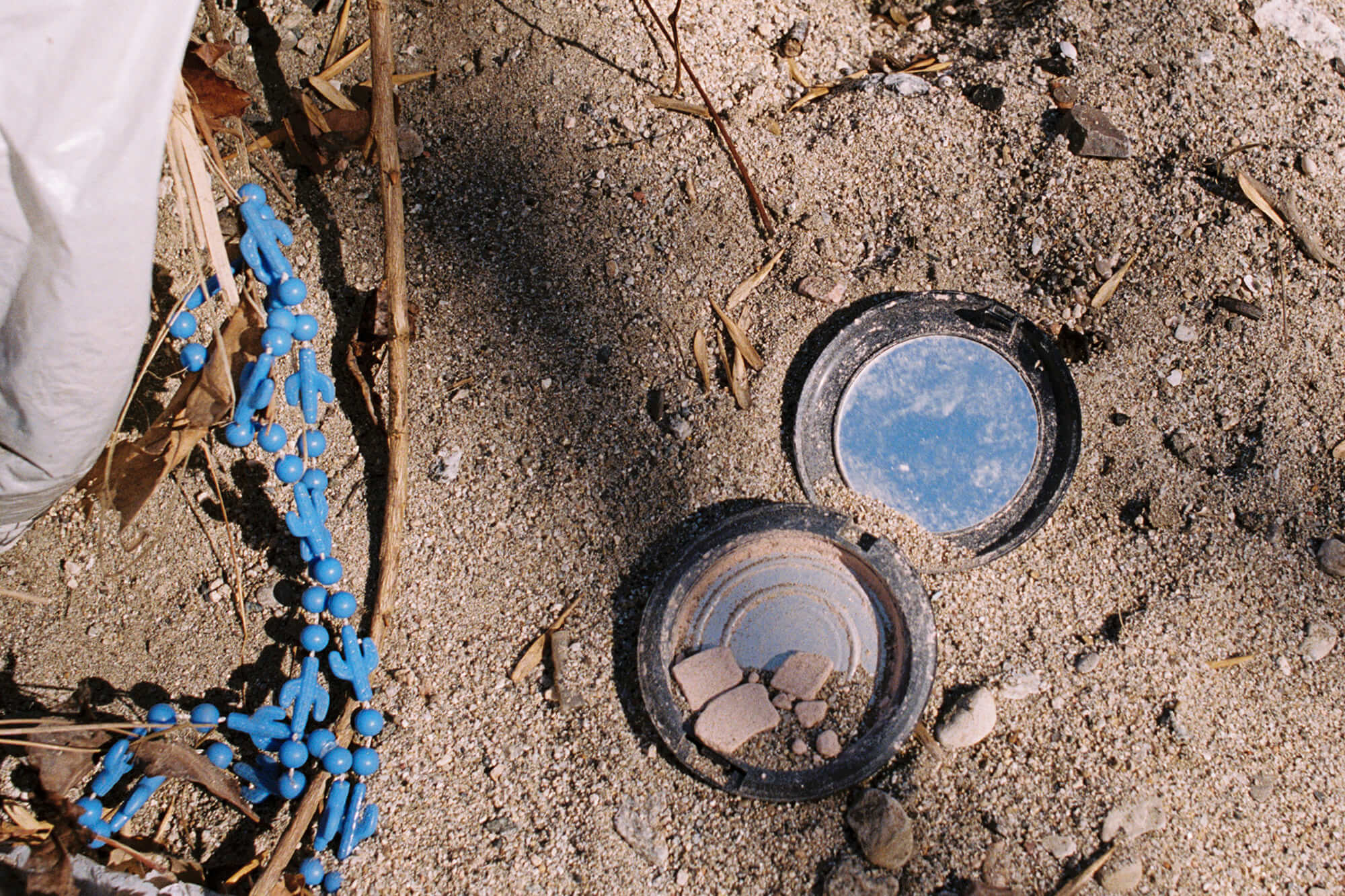
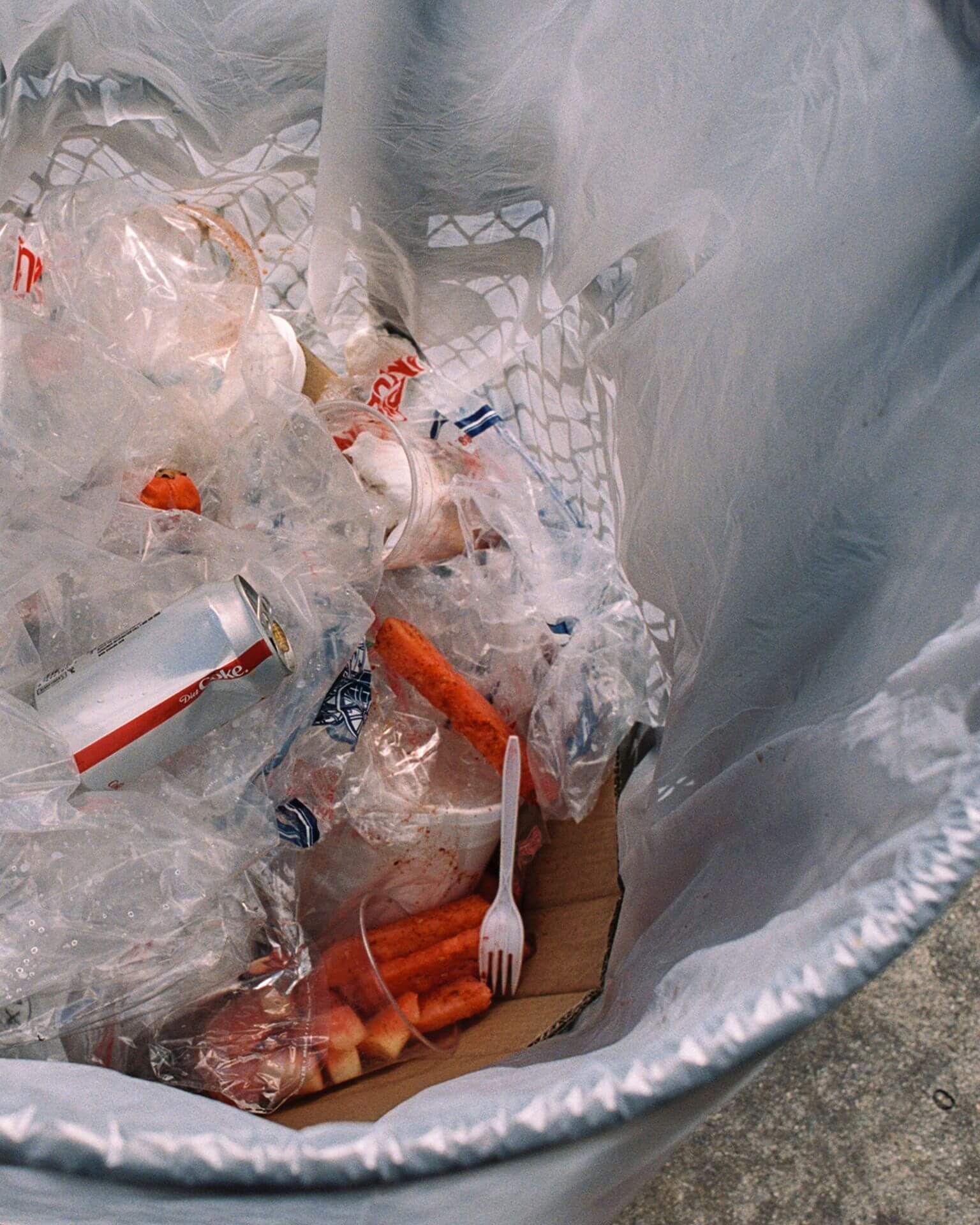
| Cookie | Duration | Description |
|---|---|---|
| cookielawinfo-checkbox-analytics | 11 months | This cookie is set by GDPR Cookie Consent plugin. The cookie is used to store the user consent for the cookies in the category "Analytics". |
| cookielawinfo-checkbox-functional | 11 months | The cookie is set by GDPR cookie consent to record the user consent for the cookies in the category "Functional". |
| cookielawinfo-checkbox-necessary | 11 months | This cookie is set by GDPR Cookie Consent plugin. The cookies is used to store the user consent for the cookies in the category "Necessary". |
| cookielawinfo-checkbox-others | 11 months | This cookie is set by GDPR Cookie Consent plugin. The cookie is used to store the user consent for the cookies in the category "Other. |
| cookielawinfo-checkbox-performance | 11 months | This cookie is set by GDPR Cookie Consent plugin. The cookie is used to store the user consent for the cookies in the category "Performance". |
| viewed_cookie_policy | 11 months | The cookie is set by the GDPR Cookie Consent plugin and is used to store whether or not user has consented to the use of cookies. It does not store any personal data. |